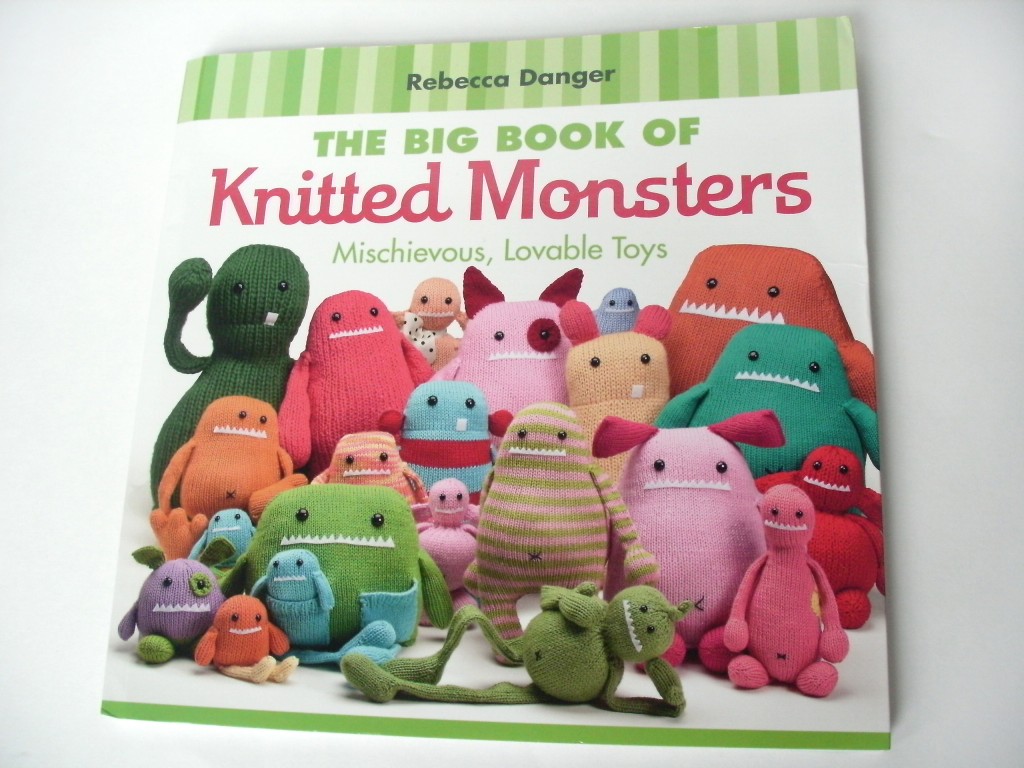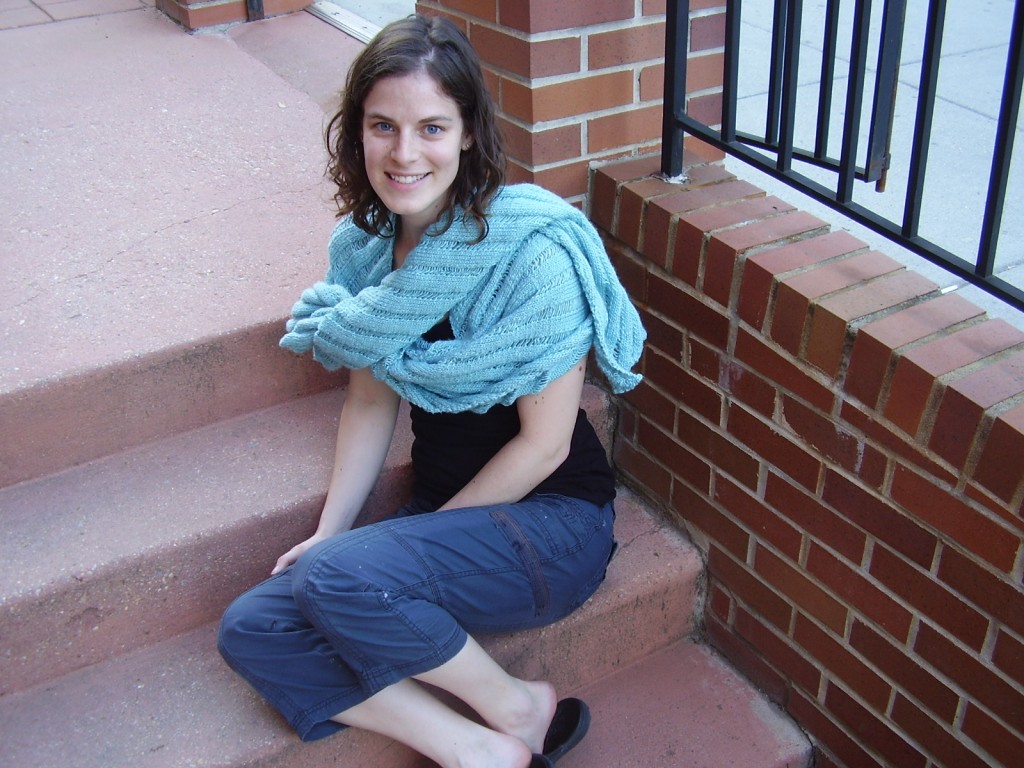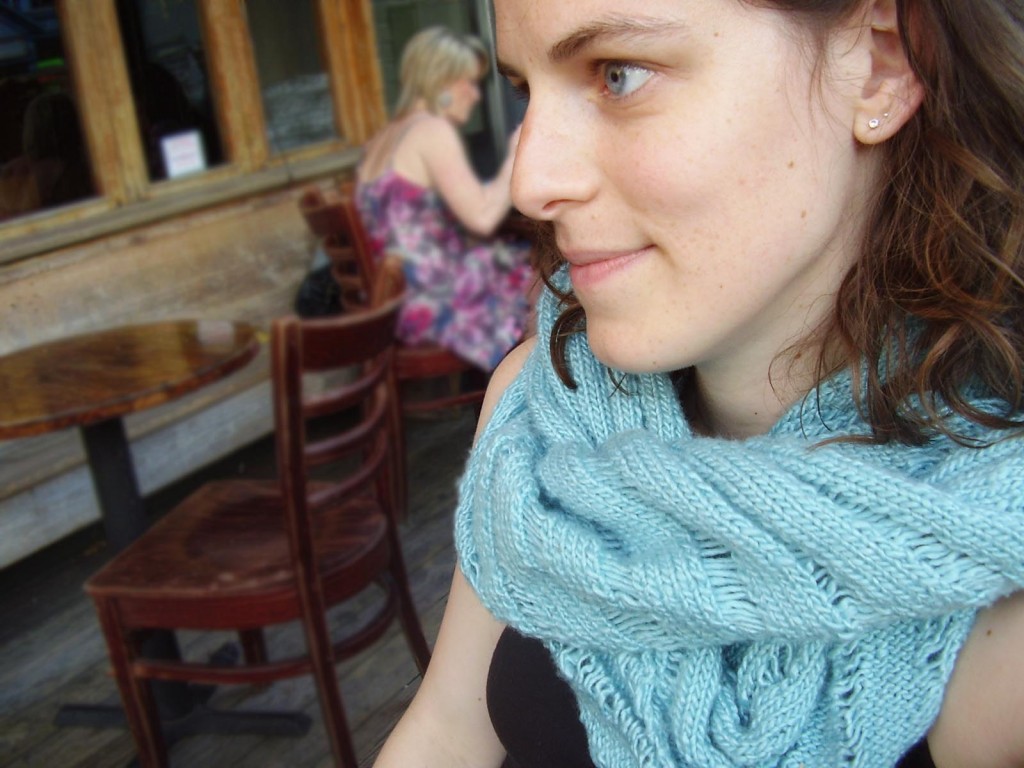I adore Japanese craft books. It doesn’t matter if the craft is sewing, crocheting, needle felting… you name it and I can guarantee that you’ll find a supply of irresistible Japanese books on the topic.
Meet your friend: the crochet chart
Want to know the good news? Japanese crochet patterns are written with charts: meaning that, if you can understand the international language of the charted symbol, you’ll gain access to all of those amazing patterns!
I know… it can be daunting to pick up an entire book in another language. And, I’ll be honest with you: buying a Japanese book as a way of trying to learn the charts will be tricky. But fear not: I have an idea that will set you on your path to charted bliss.
Crochet with Color
What if there were a magical book: originally written in Japanese (so it contains all of the charts and illustrations, exactly as they would be written in a Japanese book), but with the text of the book translated into English? Wouldn’t that be the perfect way to get your feet wet with charts?
Crochet with Color is your book!
This book contains 25 beautiful & colorful crochet projects, all fabulously photographed and totally enticing. But really, if you’re just curious about the projects in the book, you can head on over to Amazon and use the ‘look inside’ feature. It’ll tell you everything you need to know about what the book contains.
Although the projects are adorable and lovely… if you’re buying a book for the projects, it’s a personal judgement about whether the particular projects in the book speak to you. And I can’t tell you that! But, I think there’s a real value to this book aside from the projects, and that’s the charts I’ve been talking about.
Don’t get me wrong, there are American books that contain charts (Robin Chahula‘s books are almost all charted, and are fantastic). However, let’s say your goal is to gain the skill set to read Japanese crochet books. Crochet with Color is, in my opinion, one of the best stepping stones you can get: since the charts and illustrations are exactly what you can expect to find!
And yes, I really do think that once you can read the charts and understand the illustrations, you can use Japanese crochet books… because I’ve done it!
Feed the addiction…
Once you feel comfortable with reading charts, you’re going to want to get your hands on more Japanese books!
If you live in a big city, you might have a Kinokuniya, an import book store with a huge crafting section! I definitely suggest a visit if you’re near one!
Just be cautious, you want to make sure you’re buying the actual (legitimate) book and not an illegal pdf photocopy!
I hope you’re motivated to delve into a new world of crocheting!





















